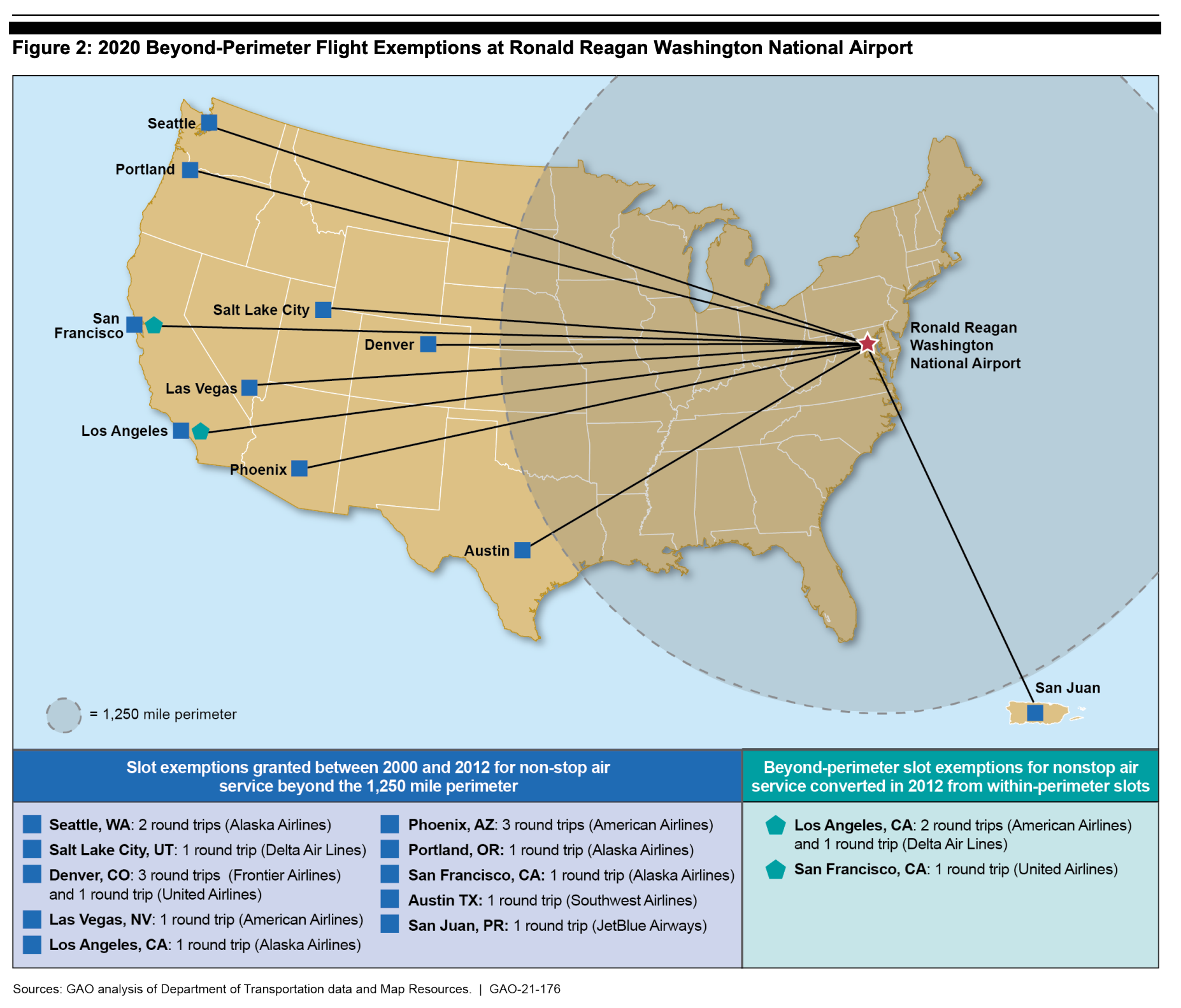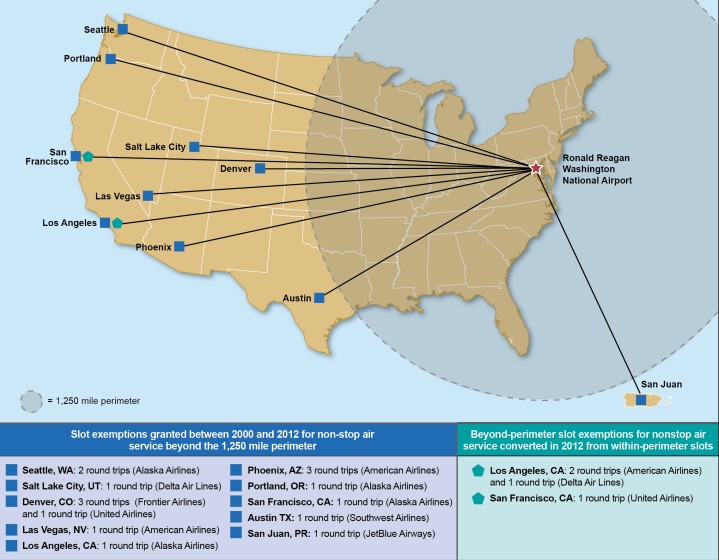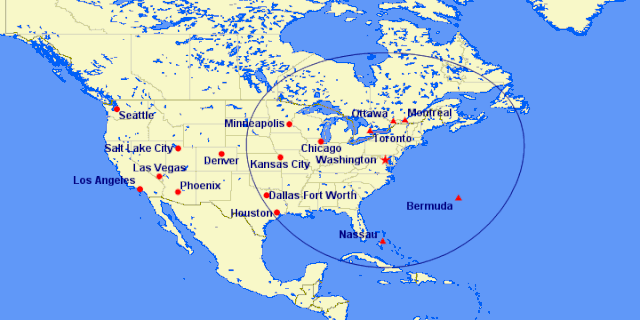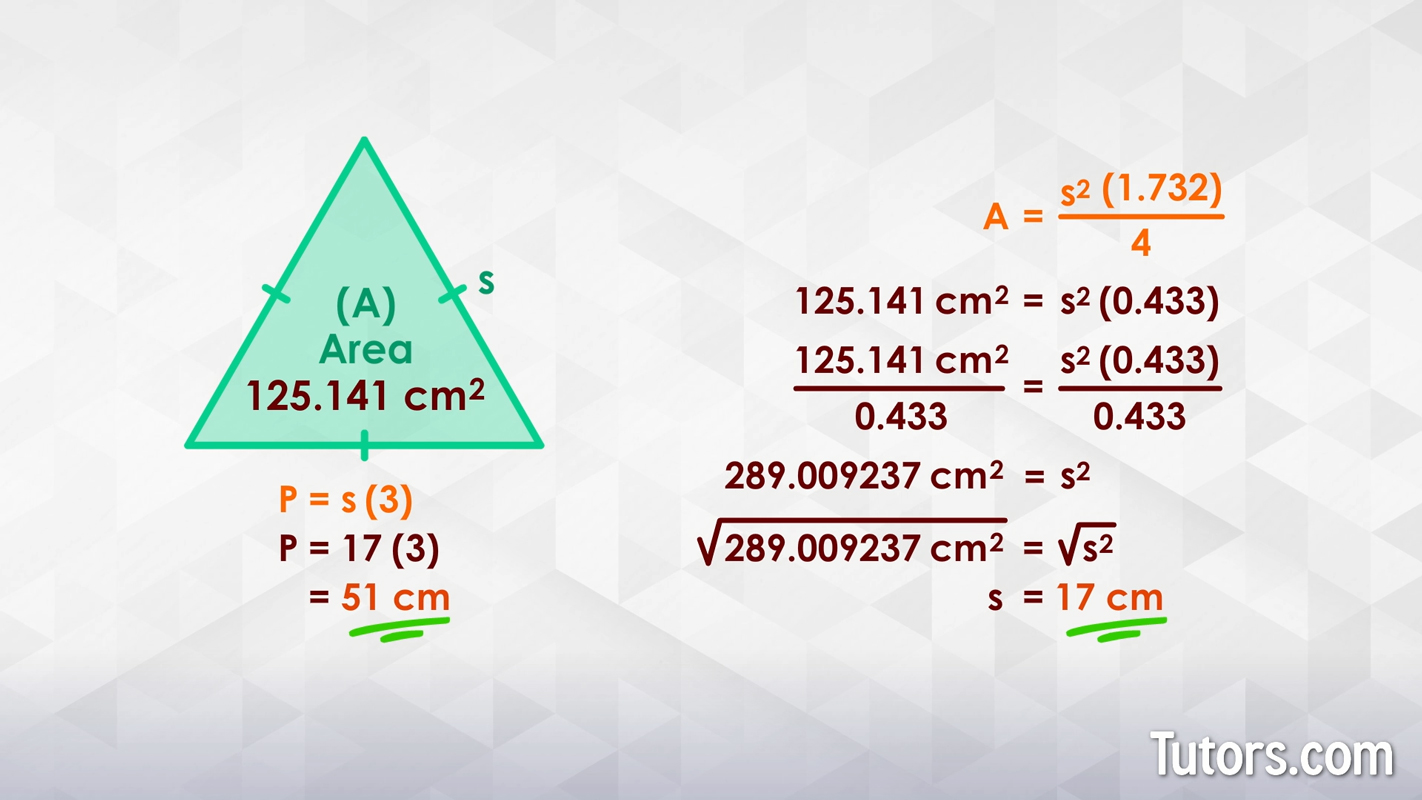Topic dca perimeter rule: The DCA Perimeter Rule governs flight restrictions at Ronald Reagan Washington National Airport, impacting how airlines operate and influencing passenger travel options. This article provides an in-depth look at the rule's history, key provisions, and its significance for both airlines and travelers. Discover why this rule matters and its potential future changes.
Table of Content
- DCA Perimeter Rule
- Introduction to DCA Perimeter Rule
- History and Background
- Purpose and Objectives
- Key Provisions of the Rule
- Impact on Airlines
- Impact on Passengers
- Exceptions and Waivers
- Legislative Changes and Updates
- Economic and Environmental Considerations
- Future of the DCA Perimeter Rule
- Frequently Asked Questions
- YOUTUBE:
DCA Perimeter Rule
The DCA Perimeter Rule is a federal regulation that affects flights at Ronald Reagan Washington National Airport (DCA) in Arlington, Virginia. This rule restricts the number of non-stop flights to destinations beyond a 1,250-mile perimeter, with the primary intent of protecting and encouraging the use of Washington Dulles International Airport (IAD) and Baltimore/Washington International Thurgood Marshall Airport (BWI) for longer-distance travel.
History and Purpose
Implemented in 1966, the DCA Perimeter Rule was established to control airport congestion and manage air traffic. It was also designed to ensure that DCA, which is closer to downtown Washington, D.C., would primarily serve short to medium-haul flights, while longer flights would be directed to IAD and BWI.
Key Provisions
- The rule sets a 1,250-mile limit for most non-stop flights to and from DCA.
- A limited number of exceptions, or "beyond-perimeter" slots, are granted to airlines for flights beyond the 1,250-mile limit.
- These slots are highly sought after and are often subject to lobbying by airlines and lawmakers.
Exceptions and Changes
Over the years, Congress has approved a few exceptions to the Perimeter Rule, allowing a select number of flights to destinations beyond the 1,250-mile limit. These exceptions are typically intended to serve areas with limited access to other airports or to enhance connectivity to key destinations.
Impact on Airlines and Passengers
- Airlines must strategically choose which routes to serve within the perimeter to maximize profitability and meet demand.
- Passengers benefit from a balance of short and medium-haul flights to a variety of destinations from a conveniently located airport.
- The rule helps manage congestion and maintain efficient operations at DCA.
Mathematical Representation
The restriction can be represented mathematically as follows:
Current Discussions
Debates continue regarding the relevance of the Perimeter Rule in modern air travel. Some argue for its relaxation or elimination to allow for more direct flights to and from DCA, while others emphasize its role in reducing congestion and promoting regional airport use.

Introduction to DCA Perimeter Rule
The DCA Perimeter Rule is a federal regulation affecting Ronald Reagan Washington National Airport (DCA) in Arlington, Virginia. This rule restricts the number of non-stop flights to destinations beyond a 1,250-mile perimeter. Established in 1966, the rule aims to manage airport congestion, optimize air traffic distribution, and promote the use of Washington Dulles International Airport (IAD) and Baltimore/Washington International Thurgood Marshall Airport (BWI) for long-haul flights.
Here is a step-by-step overview of the key aspects of the DCA Perimeter Rule:
- Establishment: The rule was introduced in 1966 to control air traffic at DCA and to ensure a balanced use of regional airports.
- Perimeter Limit: Flights beyond a 1,250-mile radius are generally restricted. This is to ensure that longer flights are routed through IAD or BWI.
- Exceptions: A limited number of "beyond-perimeter" slots are allocated, allowing certain flights to exceed the 1,250-mile limit. These exceptions are often granted to enhance connectivity to underserved areas or to meet specific demand.
- Impact on Airlines: Airlines must strategically plan their routes within the perimeter limit, often competing for the coveted beyond-perimeter slots.
- Passenger Benefits: The rule helps maintain a balance of short and medium-haul flights from DCA, offering passengers convenient travel options while reducing congestion.
Mathematically, the restriction can be represented as:
In summary, the DCA Perimeter Rule plays a crucial role in managing air traffic and maintaining the operational efficiency of airports in the Washington, D.C. area. Understanding its implications helps in appreciating the strategic planning behind air travel logistics in this region.
History and Background
The DCA Perimeter Rule was established in 1966 as a measure to manage air traffic and reduce congestion at Ronald Reagan Washington National Airport (DCA). The primary objective was to limit non-stop flights to destinations within a 1,250-mile radius, thus encouraging the use of Washington Dulles International Airport (IAD) and Baltimore/Washington International Thurgood Marshall Airport (BWI) for longer flights.
Here is a detailed step-by-step overview of the history and background of the DCA Perimeter Rule:
- 1960s: Establishment
- In 1966, the Federal Aviation Administration (FAA) implemented the DCA Perimeter Rule to alleviate congestion at DCA.
- The rule set a 1,250-mile limit on non-stop flights to and from DCA.
- 1970s-1980s: Initial Impact
- The rule helped redistribute air traffic to IAD and BWI, promoting their development as major hubs for long-distance travel.
- During this period, DCA primarily served short to medium-haul flights, reinforcing its role as a regional airport.
- 1990s: Policy Revisions
- In response to evolving air travel demands, Congress began allowing limited exceptions to the Perimeter Rule, granting "beyond-perimeter" slots to certain airlines.
- These exceptions were intended to improve connectivity to key destinations and underserved areas.
- 2000s: Expansion of Exceptions
- Additional beyond-perimeter slots were allocated, further enhancing DCA's connectivity while maintaining the overall intent of the rule.
- Airlines lobbied for more exceptions to serve high-demand routes, balancing regulatory constraints with market needs.
- 2010s: Ongoing Debates
- Discussions about the relevance and future of the Perimeter Rule intensified, with some stakeholders advocating for its relaxation or elimination.
- Proponents argued that modern air traffic management and increased airport capacities could support a more flexible approach.
Mathematically, the perimeter restriction can be represented as:
The DCA Perimeter Rule remains a significant regulatory measure that has shaped the operational landscape of Washington, D.C.'s airports. Understanding its history provides valuable insights into its continuing impact and the ongoing policy discussions surrounding its future.
Purpose and Objectives
The DCA Perimeter Rule was established with several key purposes and objectives in mind. It was designed to manage air traffic, reduce congestion, and promote the efficient use of the Washington, D.C. area's three major airports: Ronald Reagan Washington National Airport (DCA), Washington Dulles International Airport (IAD), and Baltimore/Washington International Thurgood Marshall Airport (BWI). Below are the primary purposes and objectives of the rule:
- Manage Congestion:
- The rule aims to limit the number of long-haul flights at DCA, thus managing congestion and reducing air traffic volume at this centrally located airport.
- Promote Regional Airport Use:
- By restricting flights beyond a 1,250-mile radius, the rule encourages airlines to utilize IAD and BWI for longer routes, promoting a balanced use of the region's airport infrastructure.
- Enhance Operational Efficiency:
- The regulation helps maintain efficient airport operations at DCA by focusing on short to medium-haul flights, which are more manageable given the airport's size and capacity.
- Support Local Economy:
- By directing long-haul flights to IAD and BWI, the rule supports economic activity and growth in the surrounding areas of these airports.
- Improve Passenger Experience:
- The perimeter rule helps reduce delays and improve the overall passenger experience at DCA by maintaining a manageable level of air traffic.
The 1,250-mile restriction can be represented mathematically as:
In summary, the DCA Perimeter Rule plays a crucial role in ensuring the efficient and balanced use of airport resources in the Washington, D.C. area. Its objectives are geared towards optimizing air traffic management, supporting regional development, and enhancing the travel experience for passengers.
Key Provisions of the Rule
The DCA Perimeter Rule is designed to manage air traffic at Ronald Reagan Washington National Airport by restricting the distance of non-stop flights. Below are the key provisions of the rule:
- 1,250-Mile Limit:
- The rule sets a perimeter limit of 1,250 miles for non-stop flights to and from DCA. This means that most flights must be within this distance.
- Beyond-Perimeter Exceptions:
- Limited exceptions, known as "beyond-perimeter" slots, are granted to airlines, allowing certain flights to exceed the 1,250-mile limit. These slots are highly competitive and allocated based on specific criteria.
- Slot Allocation:
- Slots for takeoff and landing are strictly controlled and allocated to manage airport capacity and ensure compliance with the perimeter rule.
- Purpose-Driven Exceptions:
- Exceptions to the rule are often granted to improve connectivity to underserved areas or to enhance travel options to key destinations that are not well-served by other nearby airports.
- Periodic Reviews:
- The rule and its exceptions are subject to periodic reviews and adjustments by regulatory authorities to address changing air traffic needs and patterns.
Mathematically, the perimeter restriction can be represented as:
These key provisions ensure that the DCA Perimeter Rule effectively manages air traffic, reduces congestion at DCA, and promotes the use of other regional airports for long-haul flights. Understanding these provisions helps in comprehending the rule's impact on airlines, passengers, and the overall air travel ecosystem in the Washington, D.C. area.

Impact on Airlines
The DCA Perimeter Rule significantly impacts how airlines operate at Ronald Reagan Washington National Airport. The rule influences route planning, slot allocation, and overall strategic decisions for airlines. Below are the detailed impacts on airlines:
- Route Planning:
- Airlines must carefully select routes that comply with the 1,250-mile restriction. This often means focusing on short to medium-haul flights within the perimeter.
- For routes beyond the 1,250-mile limit, airlines compete for the limited "beyond-perimeter" slots to serve high-demand destinations.
- Slot Allocation:
- The allocation of takeoff and landing slots is tightly controlled. Airlines need to strategically bid for and utilize these slots to maximize their operational efficiency.
- Beyond-perimeter slots are particularly valuable and subject to intense competition among airlines.
- Operational Strategies:
- Airlines may need to adjust their fleet and scheduling strategies to optimize operations within the perimeter limits.
- This might include deploying aircraft that are better suited for short to medium-haul flights or adjusting flight frequencies to meet demand efficiently.
- Market Competitiveness:
- The perimeter rule creates a unique competitive environment where airlines with beyond-perimeter slots can offer more diverse routes, potentially gaining a market advantage.
- New entrants or smaller airlines might find it challenging to compete for these valuable slots, affecting their market presence at DCA.
- Revenue Implications:
- Airlines operating within the perimeter may experience different revenue dynamics compared to those with beyond-perimeter flights. Short-haul flights typically have different pricing and demand patterns.
- Securing beyond-perimeter slots can open up more lucrative long-haul routes, enhancing an airline's revenue potential.
Mathematically, the perimeter restriction can be represented as:
In conclusion, the DCA Perimeter Rule plays a crucial role in shaping the operational and strategic decisions of airlines. By understanding these impacts, airlines can better navigate the regulatory environment and optimize their operations at Ronald Reagan Washington National Airport.
Impact on Passengers
The DCA Perimeter Rule significantly affects passengers traveling through Ronald Reagan Washington National Airport. The rule influences flight availability, connectivity, and travel options for passengers. Below are the detailed impacts on passengers:
- Flight Availability:
- Due to the 1,250-mile restriction, passengers primarily have access to short and medium-haul flights from DCA. This limits direct flight options to distant destinations.
- The limited number of beyond-perimeter slots means that only a few long-haul destinations are available non-stop from DCA.
- Connectivity:
- Passengers traveling to destinations beyond the 1,250-mile limit often need to connect through other airports, such as Washington Dulles International Airport (IAD) or Baltimore/Washington International Thurgood Marshall Airport (BWI).
- This can result in longer travel times and the inconvenience of layovers for passengers.
- Travel Options:
- While the rule restricts long-haul flights, it ensures a wide range of short to medium-haul flight options, providing frequent and convenient service to regional destinations.
- Passengers benefit from competitive pricing and frequent flight schedules for these shorter routes.
- Cost Implications:
- The focus on short and medium-haul flights can lead to lower ticket prices due to increased competition among airlines for these routes.
- However, passengers needing to travel beyond the perimeter may face higher costs due to the need for connecting flights and potential additional fees.
- Travel Experience:
- The rule helps reduce congestion at DCA, potentially leading to a smoother and more efficient airport experience for passengers.
- However, the need to transfer through other airports for long-haul flights can add complexity and inconvenience to travel plans.
Mathematically, the perimeter restriction can be represented as:
In conclusion, the DCA Perimeter Rule has a mixed impact on passengers, offering advantages in terms of frequent and affordable short-haul flights, while presenting challenges for those needing to travel longer distances. Understanding these impacts can help passengers make informed travel decisions and plan their journeys more effectively.
Exceptions and Waivers
The DCA Perimeter Rule includes several exceptions and waivers that allow for flexibility in its implementation. These exceptions are designed to address specific needs and improve connectivity for certain destinations. Below are the detailed exceptions and waivers:
- Beyond-Perimeter Slots:
- Congress has authorized a limited number of slots for flights that exceed the 1,250-mile restriction. These slots are granted to airlines through a competitive process.
- These exceptions are intended to enhance connectivity to key cities that are not well-served by nearby airports.
- Exemptions for Specific Routes:
- Certain routes have been granted exemptions based on their strategic importance and demand. These routes typically connect DCA with major hubs and underserved regions.
- Airlines operating these routes provide critical links for passengers traveling to and from Washington, D.C.
- Temporary Waivers:
- In some cases, temporary waivers are issued to address immediate needs, such as during special events or emergencies that require increased air travel capacity.
- These waivers are usually short-term and subject to review and renewal based on the situation.
- Seasonal Adjustments:
- Seasonal adjustments may be made to accommodate fluctuating travel demands. For example, during peak travel seasons, additional beyond-perimeter slots might be granted.
- These adjustments help manage air traffic efficiently while meeting passenger needs.
- Special Considerations:
- Some exceptions are made for flights serving unique purposes, such as government or military operations, which are critical to national interests.
- These special considerations ensure that essential travel needs are met without compromising the perimeter rule's objectives.
Mathematically, the perimeter restriction can be represented as:
In conclusion, the exceptions and waivers to the DCA Perimeter Rule provide necessary flexibility to address specific travel needs and enhance connectivity for passengers. These provisions help balance the rule's primary objectives with the dynamic demands of air travel, ensuring efficient and effective airport operations.
Legislative Changes and Updates
The legislative landscape surrounding the DCA Perimeter Rule has seen several changes and updates over the years. The Perimeter Rule, established by Congress in 1966, restricts nonstop flights from Ronald Reagan Washington National Airport (DCA) to destinations within a 1,250-mile radius, with certain exemptions granted periodically. These exemptions and changes to the rule are often tied to larger legislative actions, such as the Federal Aviation Administration (FAA) reauthorization bills.
Recent Legislative Actions
In recent years, legislative discussions have continued to address potential changes to the perimeter and slot rules at DCA. For instance, the Senate's version of the FAA Reauthorization Bill included provisions to add more flights beyond the established perimeter. This proposal, however, faced significant opposition from several senators and local officials concerned about overburdening the airport and impacting safety and service reliability.
FAA Reauthorization and Congressional Debates
During the markup of the FAA Reauthorization Bill, members of Congress debated the impact of expanding the number of flights at DCA. The House had previously defeated an amendment that sought to add 14 additional flights at the airport. Despite this, the Senate version still proposed adding 10 more flights, which led to renewed calls from some lawmakers to maintain the existing perimeter and slot restrictions.
Opposition and Concerns
Key figures, including Senators Mark Warner and Tim Kaine of Virginia, have been vocal in their opposition to relaxing the perimeter rule. They argue that increasing the number of flights would exacerbate congestion and operational challenges at DCA, which is already operating beyond its intended capacity. They emphasize the need to preserve the balance between DCA and the larger Washington Dulles International Airport (IAD), which is better suited to handle long-haul and higher-capacity flights.
Impact on Airport Operations
The physical limitations of DCA, such as constrained terminal space and parking facilities, have been highlighted as major concerns. The airport, originally designed to accommodate 15 million passengers annually, has seen traffic swell to over 25 million passengers, leading to increased delays and cancellations. Proposals to add more flights are seen as potentially worsening these issues.
Future Outlook
As the legislative process continues, the future of the DCA Perimeter Rule remains a topic of active discussion. Lawmakers and stakeholders will need to consider the balance between accommodating growing air travel demand and maintaining operational efficiency and safety at one of the nation’s busiest airports.

Economic and Environmental Considerations
The DCA Perimeter Rule, originally established to limit congestion at Ronald Reagan Washington National Airport (DCA), has significant economic and environmental impacts. The rule restricts nonstop flights to a 1,250-mile radius, affecting airline operations, ticket prices, and environmental factors.
Economic Impact
The perimeter rule has both positive and negative economic implications:
- Consumer Costs: Limiting flight options can lead to higher ticket prices due to reduced competition. Studies indicate that modernizing the perimeter rule could lower airfare costs, enhancing consumer choice and savings.
- Regional Economy: Expanding flight options can stimulate the local economy by increasing tourism and business travel. For instance, allowing more beyond-perimeter flights could generate over $400 million in economic benefits and create approximately 1,000 new jobs in the Washington, D.C. region.
- Airline Operations: Airlines operating within the perimeter rule face constraints on their route networks, potentially limiting their market reach and profitability. Legislative changes proposing additional flights can enhance airline competitiveness and operational flexibility.
Environmental Considerations
The environmental impact of the DCA Perimeter Rule is multifaceted:
- Congestion and Emissions: The rule aims to mitigate airport congestion, which can reduce aircraft idling times and associated emissions. However, the concentrated flight activity at DCA, due to limited beyond-perimeter slots, may offset some environmental benefits by increasing localized air traffic.
- Noise Pollution: The proximity of DCA to residential areas in Washington, D.C., Virginia, and Maryland means that flight activity can contribute to noise pollution. Balancing the perimeter rule to allow more distant flights might redistribute some noise impact but also requires careful management to minimize community disruption.
- Fuel Efficiency: Longer flights enabled by relaxing the perimeter rule can lead to more fuel-efficient aircraft operations over extended distances, potentially reducing per-passenger emissions compared to multiple shorter connecting flights.
Legislative Developments
Recent legislative proposals, such as the bipartisan Direct Capital Access Act, aim to modify the perimeter rule to introduce additional beyond-perimeter flights. These changes are designed to balance economic growth with environmental stewardship, ensuring that DCA can continue to serve as a vital transportation hub while addressing modern aviation needs.
In conclusion, while the DCA Perimeter Rule plays a crucial role in managing airport congestion and local environmental impacts, ongoing legislative efforts seek to optimize its economic benefits and environmental considerations. Stakeholders continue to evaluate the rule's future to enhance both regional connectivity and sustainability.
Future of the DCA Perimeter Rule
The future of the DCA Perimeter Rule remains a subject of debate and potential legislative changes. Several factors are influencing the discussion, including economic impacts, airline competition, and the evolving needs of passengers.
Recent proposals and legislative actions indicate a trend towards relaxing the perimeter rule to better accommodate modern travel demands and economic conditions. Some key considerations for the future of the rule include:
- Increased Slot Flexibility: Legislative efforts, such as the Direct Capital Access Act, propose additional exemptions for in- and beyond-perimeter flights. This could lead to more airlines offering direct flights from DCA to destinations beyond the current perimeter, enhancing competition and potentially lowering fares.
- Economic Benefits: Expanding the perimeter rule is expected to stimulate economic growth by providing greater connectivity for business travelers. This could make the Washington, D.C. area more attractive to businesses and investors.
- Airline Strategies: Airlines are likely to adjust their strategies to take advantage of new opportunities. For instance, Delta and other airlines have expressed interest in adding new routes if the rule is relaxed, which could diversify the destinations available from DCA.
- Environmental and Noise Considerations: Modern, quieter aircraft and improved scheduling could mitigate some environmental and noise concerns associated with increased flights. There is ongoing debate on how to balance the need for expanded services with these environmental impacts.
- Passenger Convenience: Removing or relaxing the perimeter rule could reduce the need for connecting flights, saving time for passengers and making DCA a more convenient option for long-haul travel.
The evolution of the DCA Perimeter Rule will depend on ongoing legislative actions and the ability of stakeholders to address both the economic benefits and environmental concerns associated with increased air traffic. As discussions continue, it is expected that the rule will be adapted to better meet the needs of the modern aviation landscape.
Frequently Asked Questions
-
What is the DCA Perimeter Rule?
The DCA Perimeter Rule restricts nonstop flights from Reagan National Airport (DCA) to destinations more than 1,250 miles away. This rule was established to limit congestion and encourage the use of Dulles International Airport for longer flights.
-
Why was the DCA Perimeter Rule implemented?
The rule was implemented in 1966 to manage air traffic congestion and distribute air travel demand more evenly between the three major airports serving the Washington, D.C. area: Reagan National (DCA), Dulles International (IAD), and Baltimore-Washington International (BWI).
-
Are there any exceptions to the rule?
Yes, there are several exceptions. Congress has granted exemptions allowing nonstop flights to destinations beyond the 1,250-mile perimeter. For instance, flights to cities such as Denver, Salt Lake City, and Los Angeles are permitted.
-
How has the rule impacted airlines?
Airlines have adapted their operations to comply with the rule, often offering connecting flights through hubs within the perimeter. The rule has also led to competition for the limited number of exemptions, which can significantly impact airline route planning and market strategies.
-
What changes are being considered for the future of the rule?
There have been discussions about further modifying or even eliminating the rule to increase competition and provide more travel options for passengers. Potential changes are evaluated in terms of their economic and environmental impacts, as well as their effects on airport congestion and infrastructure.
-
How does the rule affect passengers?
For passengers, the rule limits direct flight options to destinations outside the 1,250-mile radius, often requiring them to make connections. However, exemptions have increased direct flight options to certain long-haul destinations, improving convenience for travelers.
-
What are the economic and environmental considerations of the rule?
The rule has economic implications for airlines and the regional economy, influencing flight availability, ticket prices, and airport revenues. Environmentally, it aims to manage congestion and reduce noise and emissions by limiting the number of long-haul flights operating from DCA.
Phản đối kế hoạch thêm các chuyến bay đường dài tại DCA
Đường băng của DCA là bận rộn nhất ở Mỹ, Cơ quan Quản lý Sân bay nói khi họ kêu gọi Quốc hội đóng cửa biên giới
